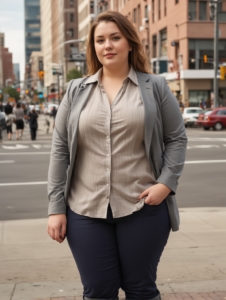Book Link 25 Intro to Sensation and Perception
<back next> — index
At the end of this topic, you should be able to:
- Summarize concepts of sensory processing in the human brain.
- Recognize the impact of sensory overload on individuals.
- Explain the basics of Gestalt theory of perception.
Think about standing on a busy city street corner.
There are cars and people moving, street musicians playing music, and horns honking. You can smell exhaust fumes and food from nearby. You can feel the hard ground under your feet.
The brain’s parietal lobe helps recognize and understand all of these things. It deals with touch, pressure, temperature, and pain, so we can feel the ground, the movement, and the sounds and smells around us.
Being in a busy city street like this might make some people feel nervous or overwhelmed. All the movement, noise, and smells could cause stress and anxiety. It might make some people uncomfortable and want to leave. Some people might feel uneasy or upset because of all the things going on around them.
Our brains have a way of sorting through all the things we sense and deciding what’s most important. This helps us deal with everything around us.
People with a mild personality disorder might not process things the same way. They might be extra sensitive or not sensitive enough to some things. This could make them react in ways that seem strange to others.
The Gestalt theory of perception says our brains see and understand things as whole pictures, not just bits and pieces.
 Sensory information comes from our eyes and ears and goes to our brain to be understood. Our brain then uses our past experiences to make sense of what we’re sensing.
Sensory information comes from our eyes and ears and goes to our brain to be understood. Our brain then uses our past experiences to make sense of what we’re sensing.
This lesson will talk about how our senses work and how they affect how we see the world. It will explain the difference between sensing and understanding, how light and sound work, and how our main senses work. Consider exploring more about the Gestalt theory of perception.